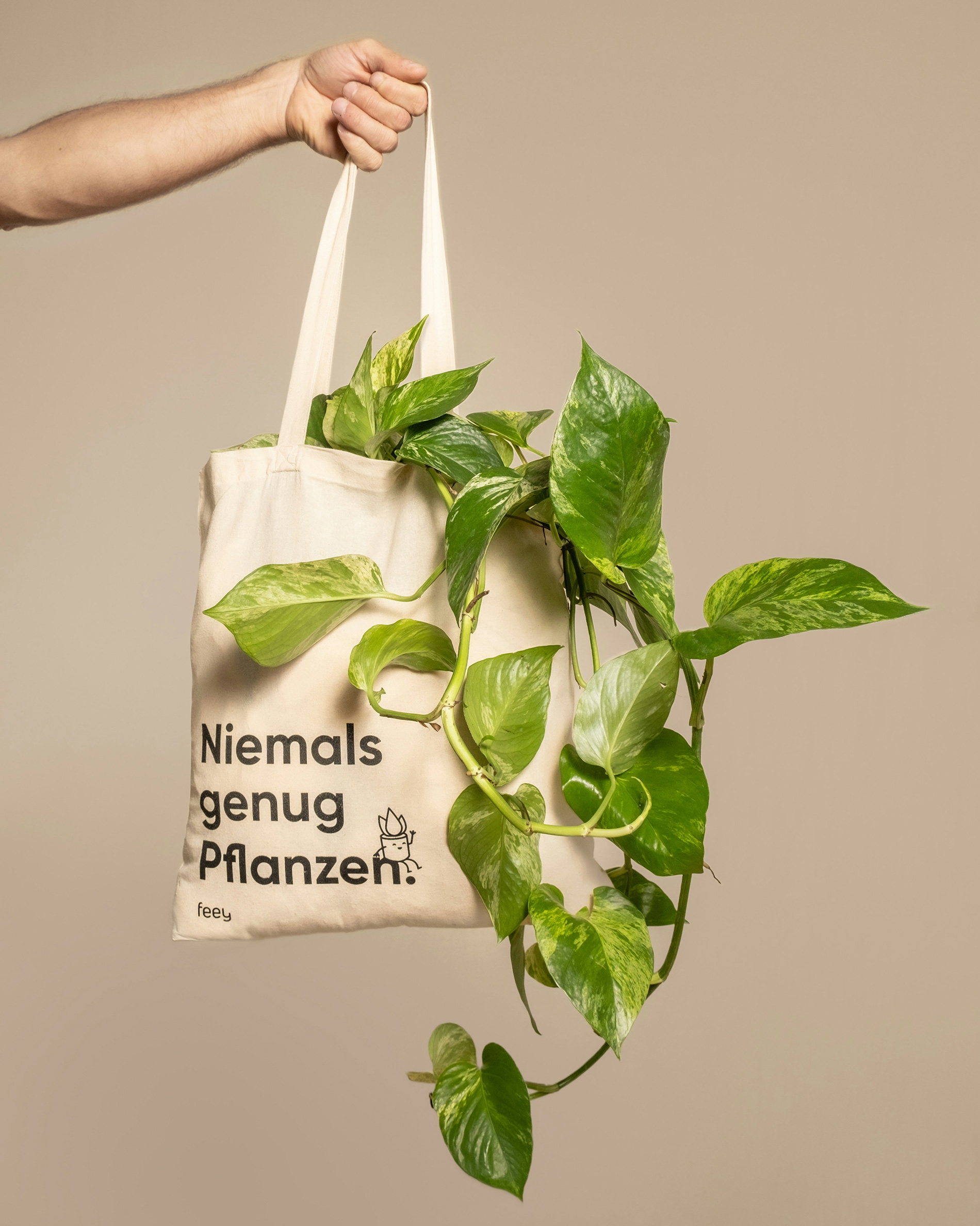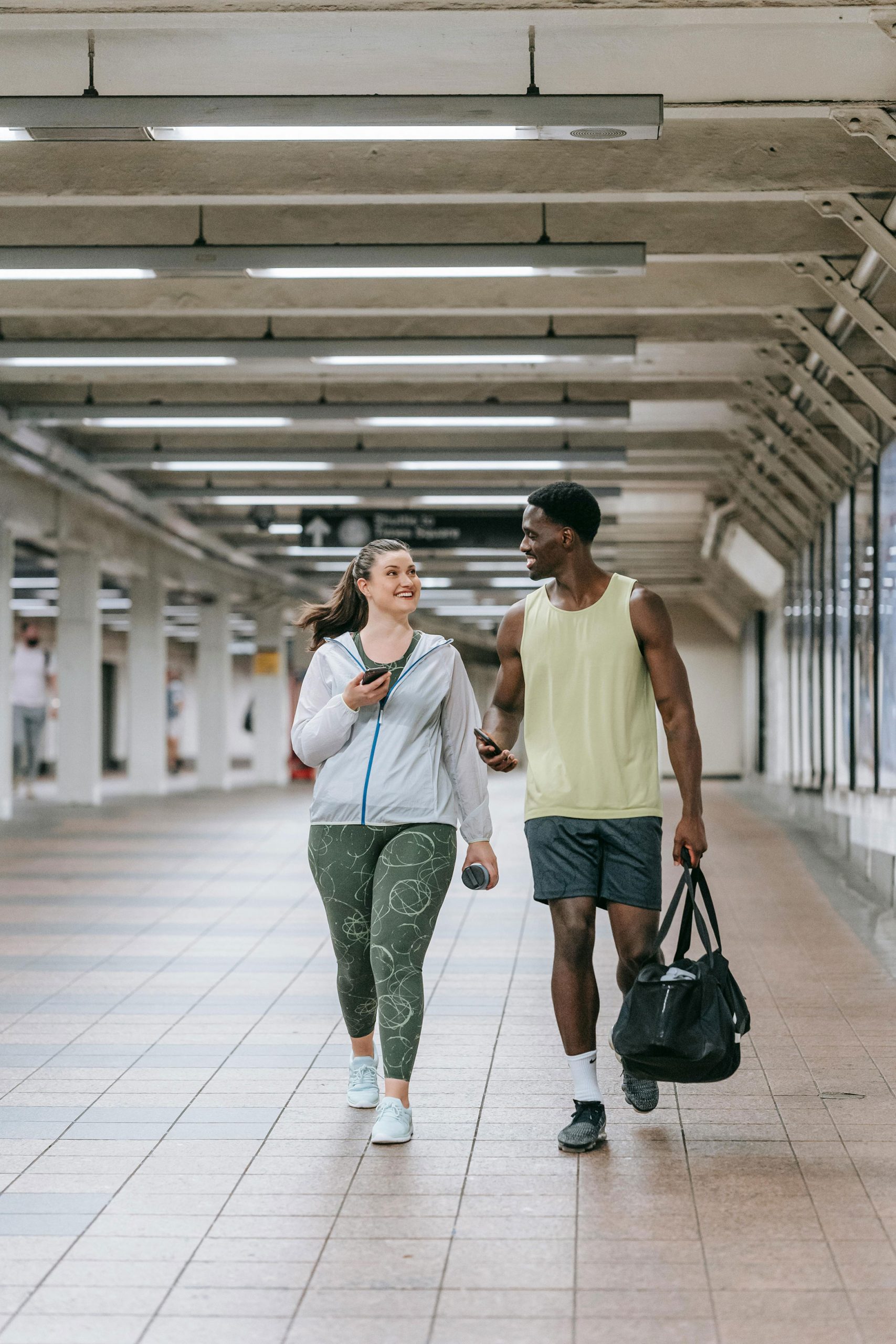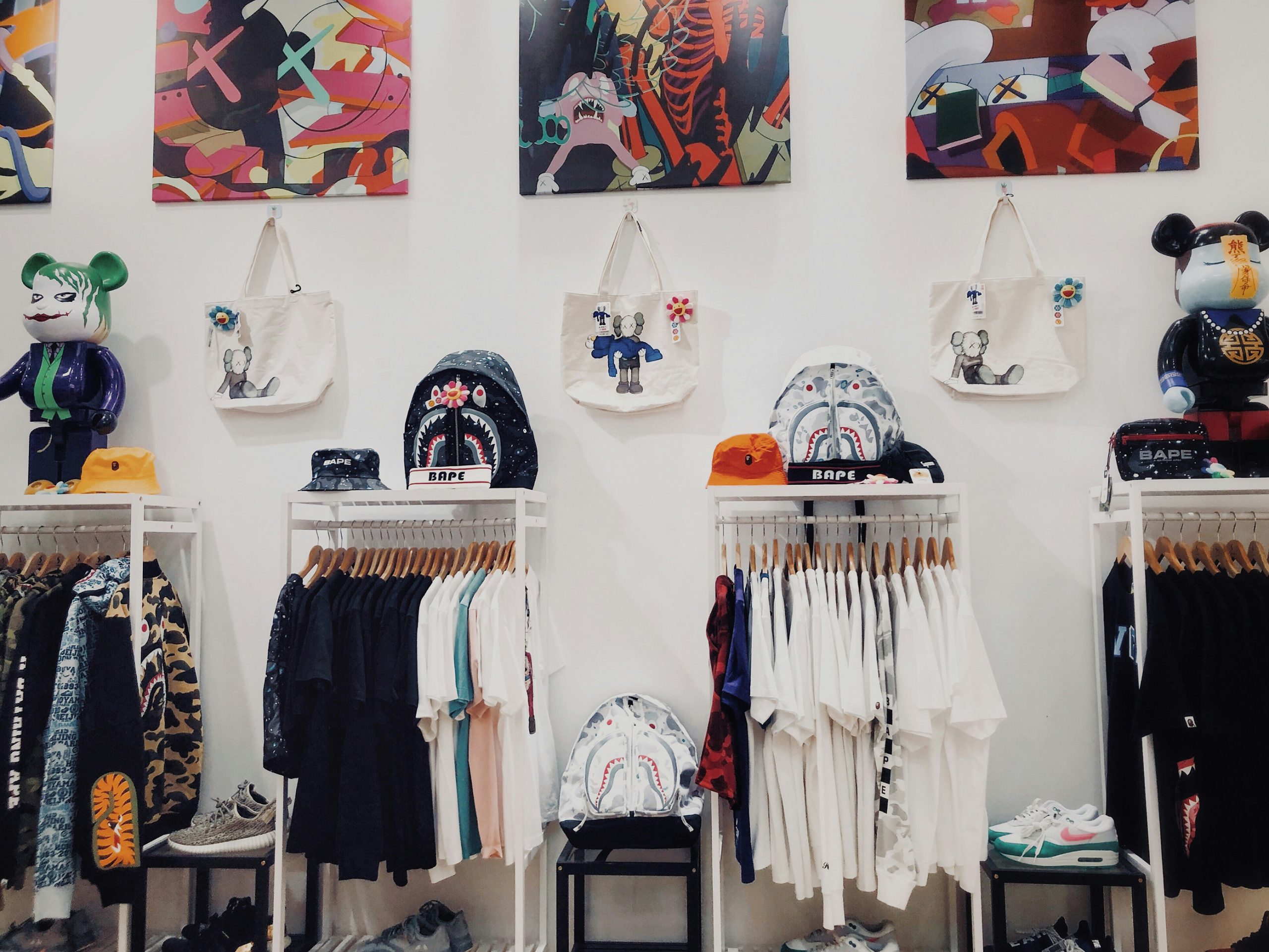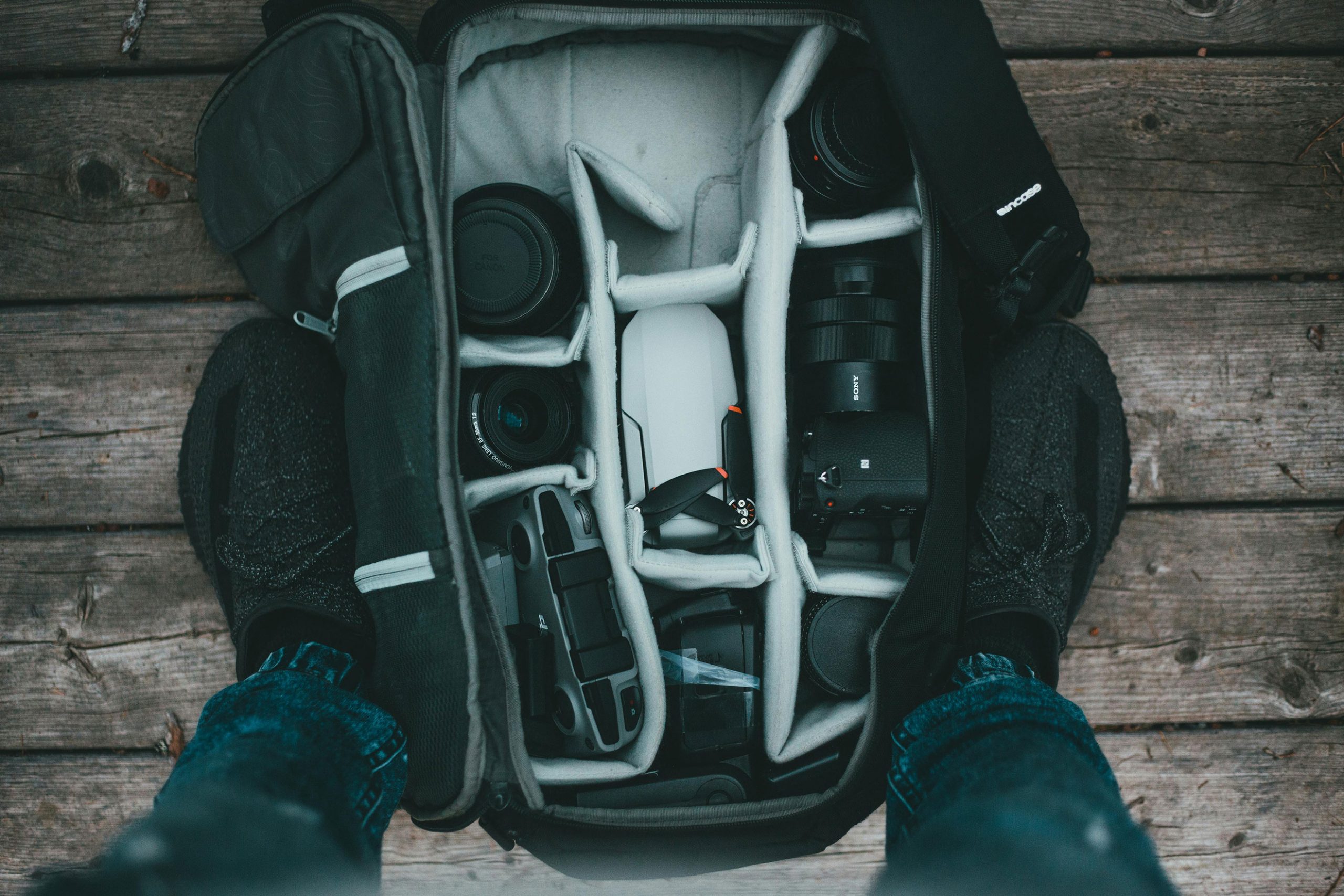Canvas has this timeless quality, right? It makes you think of old ships and famous paintings. Today, you can use that same strong material for all sorts of things, from paintings that last forever to cool DIY home stuff.
But here’s the thing: not all canvas is the same. Picking the right one can make or break your art. So, whether you’re a total pro or just starting out, this guide will show you the top 10 canvas types. We’ll break down what makes each one special, so you can grab the perfect one for your next project.
1. Cotton Duck Canvas: The All-Purpose Pick
What it is: This is your go-to canvas. The name Duck actually comes from the Dutch word for cloth. It’s a strong, simple fabric that’s super common.
Best for: Acrylic and oil paints, DIY stuff (bags, furniture covers, aprons), and beginners.
Why it’s good: It’s cheap, easy to find, strong, and works well with paint. You can find it in different weights. Light ones are good for crafts, while heavy ones are better for painting and tougher projects.
What to watch out for: It can get moldy if you don’t prep it right and keep it dry. Also, lighter ones might not hold up as well if you use them a lot.
Try this: Blick Premier Cotton Duck Canvas Roll – Artists like this one because it’s consistent and good quality. You can get it in different sizes and weights.
Check it out on Blick Art Materials
2. Linen Canvas: The Pro’s Favorite
What it is: This is the fancy stuff that artists love. Linen is made from flax and is crazy strong.
Best for: Serious oil and acrylic paintings, stuff you want to last for ages.
Why it’s good: It’s super strong and doesn’t change shape with the weather like cotton. That means your paint won’t crack over time. Plus, it has this nice, subtle texture that a lot of artists dig.
What to watch out for: It costs way more than cotton. And some artists think it’s too smooth.
Try this: Fredrix Medium Textured Linen Canvas Panel – This is a good way to see if you like linen without spending a ton on a big canvas.
3. Polyester Canvas: The New Synthetic
What it is: This is a human-made option that’s really strong and can handle the weather.
Best for: Outdoor stuff (awnings, tents), boat covers, and printing photos.
Why it’s good: It doesn’t get ruined by water or mold, and it doesn’t shrink much. It’s also really smooth, so it’s great for printing photos and digital art.
What to watch out for: It’s not the best for regular painting. You need special stuff to get the paint to stick. Plus, some people don’t like the way it feels.
4. Jute & Burlap: The Texture King
What it is: This is a rough fabric that’s loosely woven. It’s what they make burlap sacks out of.
Best for: Abstract art with lots of texture, crafts, country-style wedding decorations, and wrapping gifts in a cool way.
Why it’s good: It’s cheap and has a really cool, rough feel. It breaks down naturally and looks really unique.
What to watch out for: It can be hard to paint details on because of the texture. Also, it’s not acid-free, so it’s not good for art you want to save for a long time.
5. Hemp Canvas: The Eco-Friendly Choice
What it is: It’s kind of like linen, strong and long-lasting, but made from hemp plants.
Best for: Artists who want something sustainable and strong for painting, plus eco-friendly DIY projects.
Why it’s good: It’s super strong, doesn’t get moldy, and resists sunlight. Hemp is also a great crop because it doesn’t need much water or bug spray.
What to watch out for: It’s not as common, so it can be harder to find and might cost a bit more.
6. Primed vs. Unprimed Canvas: Ready to Go or DIY?
Here’s something key to know:
- Unprimed Canvas: This is just plain fabric (usually cotton or linen). It soaks up paint like crazy. You have to put a primer on it first (like gesso) before you use acrylics or oils. This protects the fabric and makes a good surface for painting.
- Primed Canvas: This already has a layer of gesso on it (usually acrylic). You can start painting on it right away. Most canvases you buy in stores are primed.
Best for: Unprimed is for artists who want to change the texture and how much the canvas absorbs. Primed is easy and great for most painters, especially if you’re new to this.
Try this: Fredrix Pre-Primed Value Canvas Roll – This is great if you like to stretch your own canvases and want them ready to paint.
Check it out on Amazon
7. Canvas Panels: The Easy to Carry, Budget Option
What it is: Canvas (primed or unprimed) that’s glued to a hard board, like cardboard or wood.
Best for: Beginners, practicing, painting outside, and quick studies. They’re light and easy to bring with you.
Why it’s good: They’re super cheap, don’t bend like regular canvas, and are easy to store.
What to watch out for: They’re not as good for saving art for a long time. If the board is acidic, it can mess up your artwork. They can also get warped if they get wet.
Try this: Art Alternatives Primed Canvas Panels – This is a cheap pack for trying out new stuff without worrying.
Check it out on Blick Art Materials
8. Stretched Canvas: The Classic, Ready-to-Hang Option
What it is: Canvas (usually primed cotton) that’s pulled tight over a wood frame. It’s usually stapled on the back and ready to hang up.
Best for: Any painter who wants a traditional canvas that’s ready to show off.
Why it’s good: You can paint on it and hang it right away. The tight surface is great for painting. They come in tons of sizes.
What to watch out for: They cost more than panels. And they can get dented when you move them.
Try this: Master’s Touch Stretched Canvas – This is a good, reliable option that you can find at Hobby Lobby.
Check it out at Hobby Lobby
9. Canvas Pads: The Practice Paper
What it is: These are sheets of primed canvas stuck together in a pad, like a sketchbook.
Best for: Practicing, trying things out, and experimenting without using a real canvas.
Why it’s good: They’re super cheap and easy to use. Great for testing colors and ideas.
What to watch out for: The sheets are thin and not for art you want to frame.
10. Fire-Retardant Canvas: The Safe Choice
What it is: Canvas (usually cotton or polyester) that’s been treated to not catch fire easily.
Best for: Public art, booths at trade shows, theater backgrounds, and anywhere fire safety is a must.
Why it’s good: It makes things safer in public places.
What to watch out for: The treatment can change how the fabric feels and how well it soaks up paint. It’s also more expensive than regular canvas.
Try this: Canvas Etc. Fire Retardant Canvas – This is a trusted place to get fire-resistant canvas.
Check it out on Canvas Etc.
Picking Your Canvas: A Simple Guide
- If you’re just starting: Grab a primed cotton duck canvas panel or a small stretched canvas. They’re cheap and you don’t have to worry about priming.
- If you paint with oils: Get a good linen canvas because it lasts a long time and doesn’t get ruined by moisture. Make sure it’s primed right.
- If you paint with acrylics: Primed cotton duck is your best bet. It’s perfect for acrylics and a good deal.
- If you like DIY projects: Unprimed cotton duck is great for making bags, furniture covers, and more.
Whatever you’re working on, there’s a canvas out there that’s perfect for it. Have fun creating!
#Canvas #ArtSupplies #Painting #DIY #ArtistsOnInstagram #LinenCanvas #CottonCanvas #Crafting #HowToPaint #ArtBlog #ArtistTips #CreativeDIY #PaintingForBeginners #OilPainting #AcrylicPainting #ArtStudio #ArtMaterials #Gesso #StretchedCanvas #CanvasPanels #ArtGuide #ChooseCanvas #TextileArt #DIYCrafts #MakerMovement #SupportArtists #ArtEducation #FineArt #PleinAir #StudioLife



